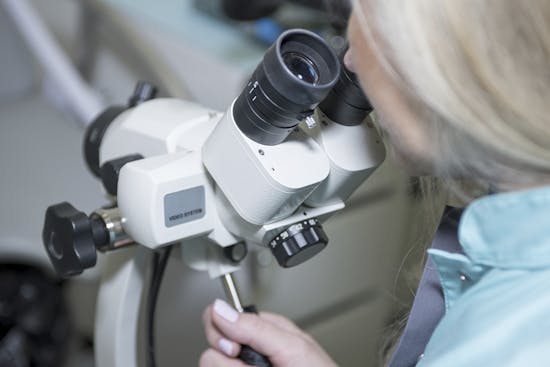

Vaginitis Q & A
What is vaginitis?
Almost all women, at least once in their lives, experience the uncomfortable symptoms of vaginal itching, burning, and discharge. This is what is collectively known as "vaginitis". It is common wisdom that these symptoms are diagnostic of a "yeast infection." However, anything that causes inflammation in the vagina can cause the non-specific symptoms of itching, burning, and discharge. This is because inflammation causes the nerve endings in your vagina to release histamine. Histamine is the chemical that causes such terrible itching and burning in the area where it is released.
What are the main causes of vaginitis?
Any vaginal infection can cause itching, burning, and inflammation. While most people only associate itching and burning with yeast infections, studies continue to demonstrate that most of the time, yeast is not the culprit. The most common causes of vaginitis are:
- 30 - 35% of the time = bacterial vaginosis (bacterial overgrowth)
- 10% of the time = Trichomonas
- 10% of the time = inflammation due to chemical/allergic reactions to perfumes, dyes, soaps, bubble baths, spermicides, lubricants, laundry detergents and fabric softeners
- 20 - 25% of the time = yeast infections
*It is interesting to note that 15 to 20% of all vaginitis is actually a combination of two or more of the other types of vaginitis.
Is it important to get a specific diagnosis if I have vaginitis symptoms?
Because a great many things - not just yeast - can cause vaginal itching and burn. It is very difficult for most people to correctly self diagnose the cause of their vaginal itching, burning, and discharge.
One study in the Journal of Obstetrics and Gynecology (2002) looked at ninety-five women who were identified in a pharmacy as about to purchase an over-the-counter yeast medication. Those women were offered a free doctor's visit to have an accurate diagnosis made at that time. Of the ninety-five women who had self-diagnosed a yeast infection, only 33% were actually found to have only a yeast infection. The majority of women had either bacterial vaginosis or mixed infection.
Therefore, if you have burning and itching, it is critical for you to get a correct diagnosis, instead of self-treating with topical medications. Topical yeast creams that can be purchased over the counter will not treat other causes of vaginitis if you have bacterial vaginosis or an allergic reaction that is causing your symptoms. Moreover, topical yeast creams also contain preservatives and other chemicals that about 10% of women are allergic to, which can worsen further inflammation. Sometimes incorrect treatment of vaginitis sets off a chain reaction of inflammation and discharge that can be difficult to break.
How can vaginitis be correctly diagnosed?
An examination of your vulva, vagina, and vaginal discharge by a healthcare professional is essential to make an accurate diagnosis. To differentiate among the three most common types of vaginitis, a physical examination should be performed, with a microscopic examination of the vaginal secretions and measurement of the pH of the vaginal secretions. Sometimes, a culture or DNA test is necessary to make an accurate diagnosis. An accurate diagnosis is essential to getting the correct treatment!
Have questions about your vaginal discharge or vaginitis symptoms? Book an appointment with Jill to get an accurate diagnosis and the correct treatment for your unique situation.

